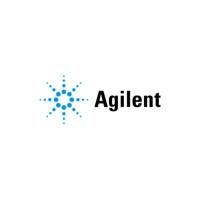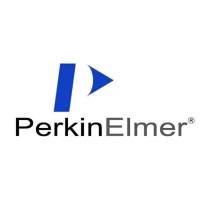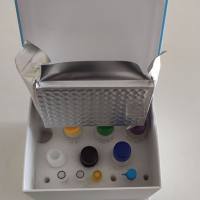Laser Desorption Ionization Mass Spectrometry of Bioorganic Molecules
互联网
互联网
相关产品推荐

393173801安捷伦ASSY, BASE, INT. IONIZATION SOURCE,CLEA Agilent
¥5278.23

Recombinant-Hordeum-vulgare-High-molecular-mass-early-light-inducible-protein-HV58-chloroplasticHigh molecular mass early light-inducible protein HV58, chloroplastic; ELIP
¥10556

L1200253珀金埃尔默激光光源Replacement Laser Kit PerkinElmer
¥49230

Human soluble adhesion molecules,Sam ELISA Kit
¥2890

19231-21050安捷伦PTFE chimney, flame ionization detector Agilent
¥291.54
推荐阅读
Mass Spectrometry Imaging of Small Molecules Using Matrix-Enhanced Surface-Assisted Laser Desorption/Ionization Mass Spectrometry (ME-SALDI-MS)
Matrix-Assisted Laser Desorption/Ionization Time-of-Flight Mass Spectrometry
Matrix-Assisted Laser Desorption/Ionization Time-of-Flight Mass Spectrometry of Lipopolysaccharides

